
Tampa Bay basks in its tropical glow, it's no stranger to torrential downpours and devastating floods. After the storm subsides, the threat isn't over. Excess moisture lingers, creating a hidden enemy: mold growth. This is where dehumidification enters the scene, playing a critical role in safeguarding your health, your home, and your wallet.
The warm, humid climate of Tampa Bay is a recipe for mold growth. Studies by the Tampa Bay Regional Planning Council show that 60% of homes in the area exhibit detectable mold levels. These can cause several health complications including allergies, asthma attacks, and neurological issues. Consequently, the Florida Department of Health reports over 2,000 hospitalizations for mold-related respiratory issues annually.
That’s not all, the Tampa area experiences structural damages and other similar problems due to the excessive flood water damage annually. While most people are ready to invest in professional storm damage repair services in Tampa, it’s important to consider investing in dehumidification as well.
Keep reading to learn more!
The Importance of Dehumidification
Dehumidification plays a crucial role in the post-flood recovery process, offering a multitude of benefits that are essential for restoring affected areas to their pre-flood conditions. Let's delve into the significance of dehumidification and how it addresses various challenges posed by flooding:
How Dehumidification Aids in the Drying Process
After a flood, water permeates various surfaces and materials, leading to prolonged dampness and moisture retention. Dehumidification works hand in hand with drying techniques to accelerate the evaporation of moisture, expediting the overall drying process. By removing excess moisture from the air, dehumidifiers create a favorable environment for moisture to migrate from wet materials to the air, facilitating faster drying times and preventing secondary damage.
Preventing Mold and Mildew Growth Through Dehumidification
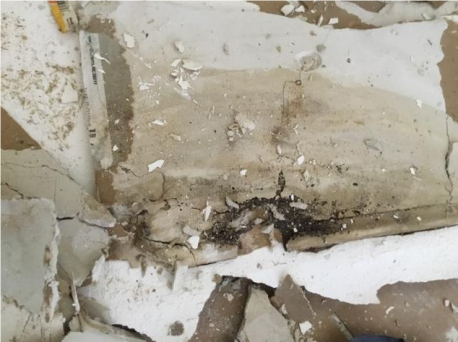
One of the most significant risks associated with post-flood environments is the proliferation of mold and mildew. These fungi thrive in damp conditions and can quickly colonize on surfaces, posing serious health risks and causing extensive damage to property. Dehumidification plays a pivotal role in mold prevention by creating an inhospitable environment for mold spores to germinate and proliferate. By maintaining optimal humidity levels, dehumidifiers inhibit mold growth, safeguarding the health of occupants and preserving the integrity of the affected space.
Ensuring Structural Integrity Through Moisture Control
Excessive moisture resulting from flooding can compromise the structural integrity of buildings and infrastructure. Prolonged exposure to moisture can weaken building materials, leading to warping, decay, and even structural collapse over time. Dehumidification is essential for preserving the structural integrity of affected properties by removing excess moisture from building materials and preventing long-term damage.
Implementing Dehumidification After a Flood
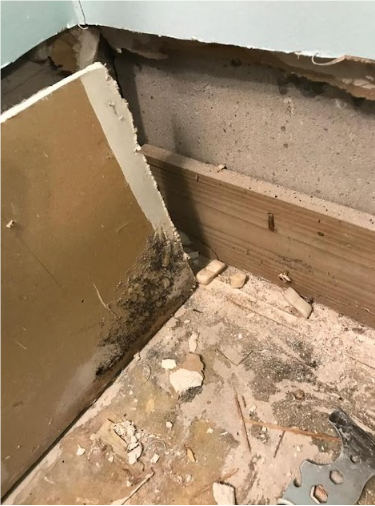
Safety Precautions and Considerations
Electrical Hazards
Before initiating dehumidification efforts, it's crucial to assess and mitigate electrical hazards in the flooded area. Water and electricity don't mix well and can result in electrocution or fire hazards. Ensure that all electrical sources are turned off and consider using ground fault circuit interrupters (GFCIs) to prevent electrical shocks. If water has infiltrated electrical outlets or appliances, do not attempt to use them until they have been inspected and deemed safe by a qualified professional.
Structural Integrity Concerns
Floodwaters can compromise the structural integrity of buildings, making them susceptible to collapse or further damage. Before entering the flooded area, assess the structural stability of floors, walls, and ceilings to identify any potential hazards. Look for signs of sagging, cracks, or instability, and avoid areas that appear unsafe.
Step-by-Step Process of Dehumidification
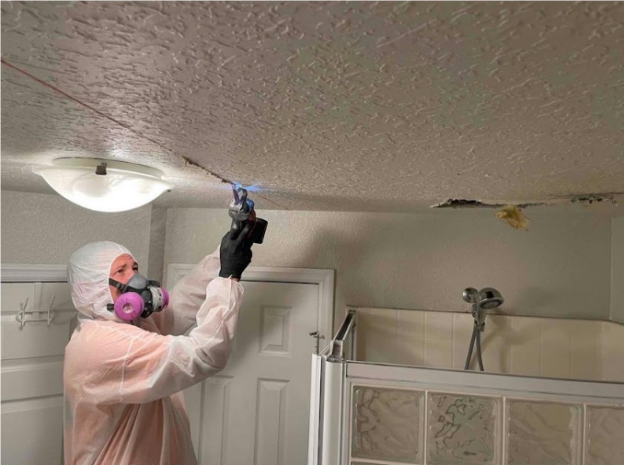
Initial Assessment of the Affected Area
Begin by conducting a thorough assessment of the flooded area to determine the extent of the damage and the severity of moisture infiltration. Identify areas with standing water, dampness, or visible signs of mold and mildew growth. This assessment will help you determine the appropriate size and number of dehumidifiers needed to effectively dry the space.
Setting Up Dehumidifiers and Monitoring Progress
Once the assessment is complete, set up dehumidifiers strategically throughout the affected area to maximize coverage and airflow. Position dehumidifiers in areas with the highest moisture levels, such as basements, crawl spaces, and areas with poor ventilation. Monitor the progress of dehumidification regularly by measuring humidity levels and visually inspecting the space for signs of drying. Adjust the placement and settings of dehumidifiers as needed to optimize their effectiveness.
Regular Maintenance and Adjustments
Dehumidifiers require regular maintenance to ensure optimal performance and prevent malfunctions. Clean or replace air filters regularly to prevent clogging and improve airflow. Empty water reservoirs as needed to prevent overflow and potential water damage. Additionally, periodically check dehumidifiers for any signs of damage or malfunction and address any issues promptly. Regular maintenance will help prolong the lifespan of dehumidifiers and ensure consistent drying results.
Benefits of Hiring Professional Restoration Services
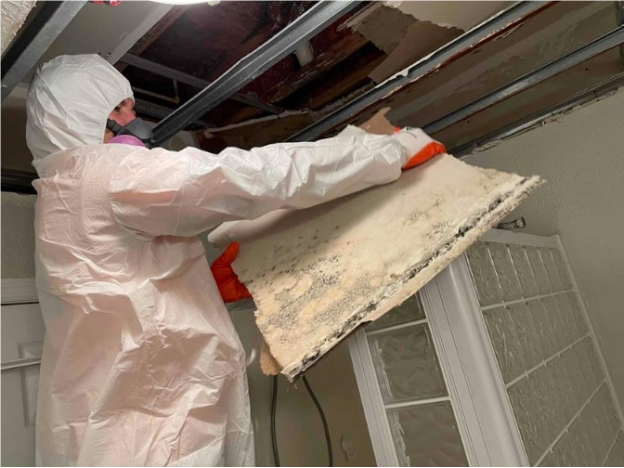
Dealing with the aftermath of a storm and subsequent flooding can be overwhelming, requiring prompt and effective action to minimize damage and restore normalcy to the affected property. While DIY efforts may seem feasible, enlisting the expertise of professional restoration services offers several distinct advantages, particularly in the realm of dehumidification. Let's explore the benefits:
Expertise and Experience
Professionals in the field of restoration possess specialized knowledge and extensive experience in dealing with flood damage and its associated challenges. They understand the complexities involved in the dehumidification process, including assessing moisture levels, identifying hidden moisture pockets, and implementing targeted drying strategies. With their expertise, they can develop comprehensive dehumidification plans tailored to the specific needs of each situation, ensuring thorough and efficient moisture removal.
Additionally, restoration professionals are well-versed in industry best practices and safety protocols, minimizing the risk of errors or oversights during the dehumidification process. Their familiarity with common issues and potential complications enables them to anticipate and address challenges promptly, ultimately expediting the restoration timeline and minimizing downtime for the affected property.
Access to Specialized Equipment

Professional restoration companies are equipped with state-of-the-art tools and specialized equipment designed specifically for dehumidification and moisture control. These advanced technologies enable them to achieve superior drying results compared to conventional methods, significantly reducing the risk of secondary damage such as mold growth and structural deterioration.
Examples of specialized equipment utilized by restoration professionals include:
· High-capacity dehumidifiers: Industrial-grade dehumidifiers with high moisture removal rates are capable of rapidly extracting excess moisture from the air and porous materials, accelerating the drying process.
· Moisture meters and thermal imaging cameras: These tools allow professionals to accurately assess moisture levels and identify hidden moisture pockets within walls, ceilings, and floors, ensuring comprehensive drying and preventing residual moisture issues.
· Air movers and drying fans: These powerful devices facilitate air circulation and promote evaporation, enhancing the efficiency of dehumidifiers and promoting uniform drying throughout the affected area.
· Desiccant dehumidification systems: Desiccant-based technologies are particularly effective in low-temperature or high-humidity environments, offering superior moisture removal capabilities compared to traditional refrigeration dehumidifiers.
Let Us Help You With Restoration After Storm Damage!
Flood Pros has been offering a range of immediate flood restoration services in Tampa ever since 2015. We have experts that are trained to perform comprehensive storm damage repair, swift water damage, and a lot more to make sure your property returns to its former glory in no time.
To learn more about us, make sure to give us a call today!
Subscribe to Flood Pros USA's Blog

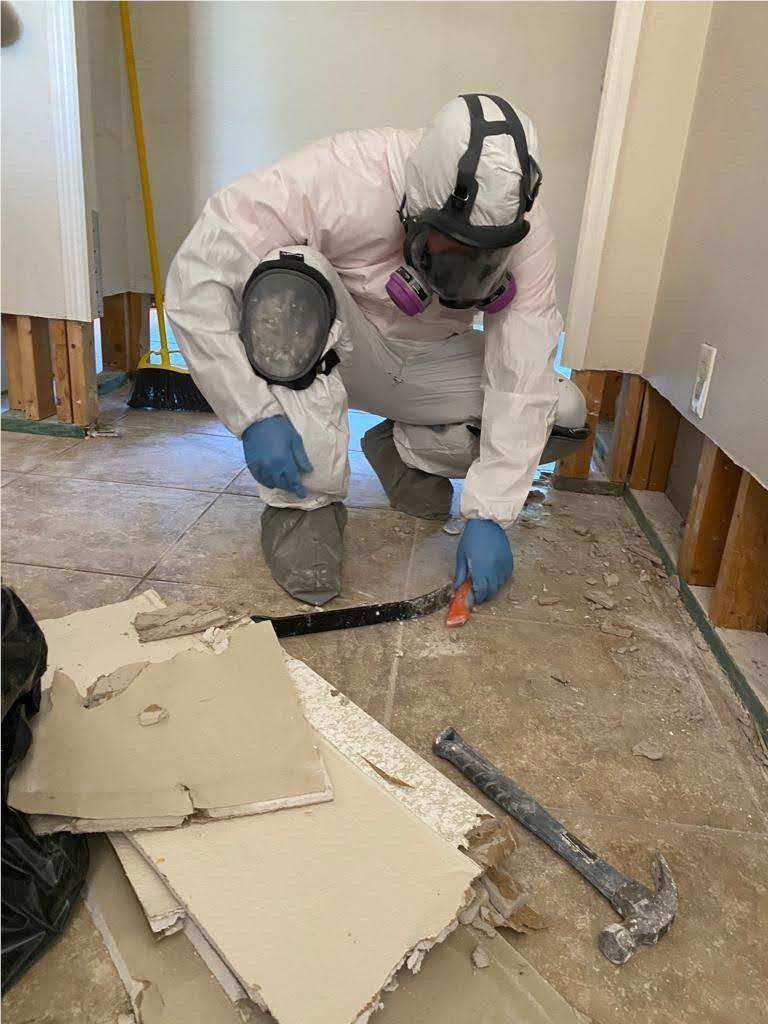

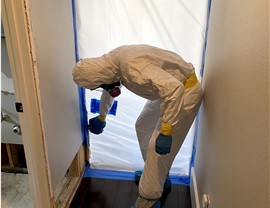
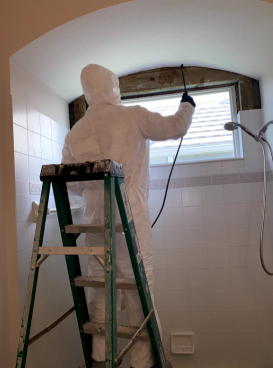
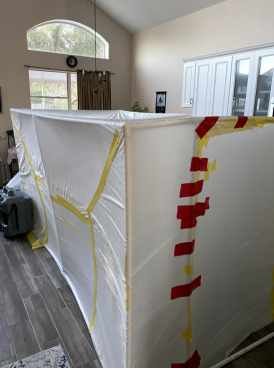

Comments